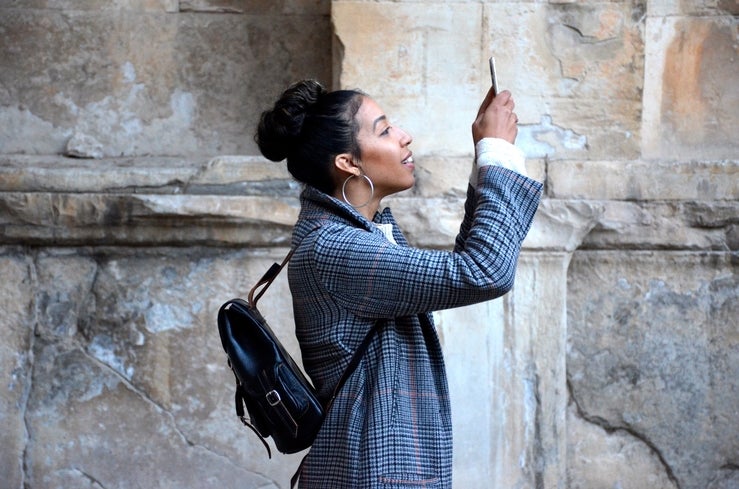Some smartphones allow users to simply flip their device over to silence notifications, or make a chopping motion to turn their flashlight on or off. For technology companies, incorporating gesture commands in their smart devices is growing in popularity. These gestures don’t always work in practice – that’s why a team of researchers at the University of Waterloo have developed a new strategy to help users with their frustration when using gesture commands.

When a user makes a gesture command it comes with the possibility of an error, if a smart device incorrectly interprets what the user wanted. The key strategy, according to researchers, is to simply try again.
“The idea behind our strategy is that if you don’t give a command with enough precision for the device to recognize and you immediately try again, and it is still imprecise, the device can use those two unclear commands and determine what they’re closest to and execute the task,” explains Edward Lank, a professor in Waterloo’s David R. Cheriton School of Computer Science.
This strategy is called bi-level thresholding, and it turns users’ near-misses into usable information that can determine what they’re trying to do.
To assess the potential of bi-level thresholding, researchers conducted several studies on the strategy. What they found was that bi-level thresholding not only could increase a device’s capacity to recognize gesture input, but it could also increase the success that users have when performing gesture commands.
“Our studies demonstrated that bi-level thresholding has the potential for improving gesture recognition,” said Keiko Katsuragawa, an adjunct professor at the Cheriton School of Computer Science. “We also found that when users give commands that are not recognized, they view the first instance of failure as relatively minor and the person will simply try again, but persistent failure is what really frustrates users.”
A paper outlining the new strategy, titled "Bi-Level Thresholding: Analyzing the Effect of Repeated Errors in Gesture Input", authored by Waterloo’s Faculty of Mathematics researchers Katsuragawa, Lank, and his master's students Ankit Kamal, Qi Feng Liu, and Matei Negulescu was recently published in the journal ACM Transactions on Interactive Intelligent Systems.